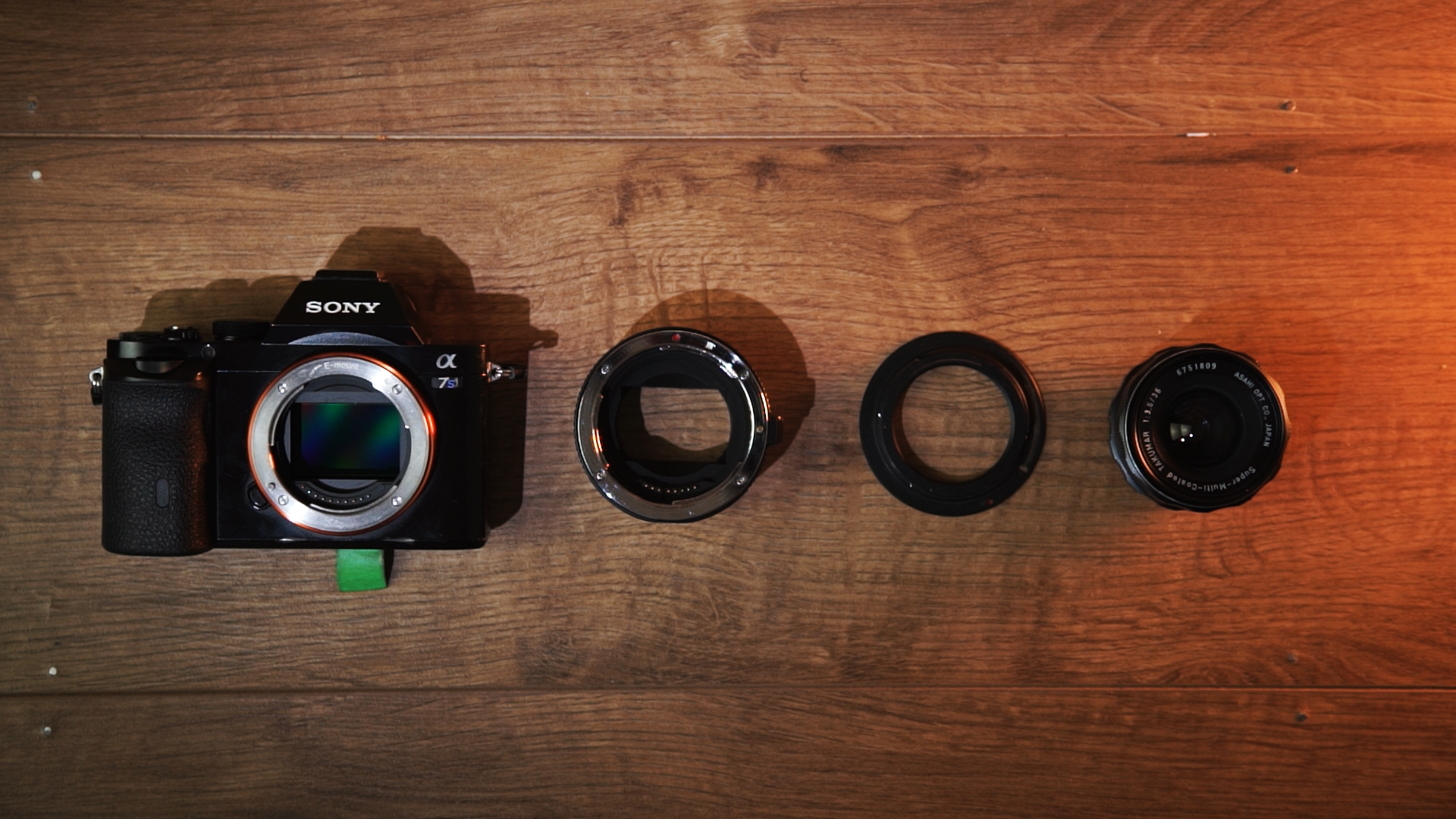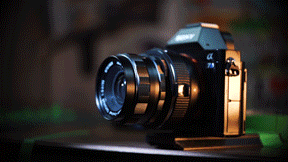This lens is nearly 50 years old and it is one of our favourites which we use all of the time to shoot videos for this channel and also our short film.
In this video, we are going to talk about why we think the Pentax Takumar 35mm F3.5 is still one of the best lenses out there and why you should consider getting one.
Let's start off with a history lesson. The Takumar 35mm was introduced in 1959, and they made a few different version throughout the years. The one we have was manufactured from 1971 and is called the Super-Multi-Coated.
We shoot everything on a Sony A7s Mark 1 in 1080p. The camera is full frame, so we get all of that 35mm focal length.
The lens has an M42 mount, so we have an M42 to EOS mount that connects to our commlite adapter which is EOS to sony e-mount.
You can get an adapter that goes from an M42 Mount to Sony E-mount, but we already had these adapters and they seem to work well enough.
We use the Takumar 35mm for wide establishing shots, all the way to a Medium shot and sometimes Medium Close up, but for that and our close up shots, we would switch lanes to our Helios 58mm.
We do this because 35mm on a full frame is quite wide, and when you start to get close to your actor, the shape of there face will look little wider and start to look unnatural. This is just a personal preference and shooting a close up at 35mm can look cool, depending on the look we are going for.
What’s good about switching between these two focal lengths is that they are both very close to the cone of visual Attention of the human eye. Time for a science lesson.
A 35mm lens has a field of view of 64 degrees and a 58mm lens has a field of view of 41 degrees.
The human eye has a field of view of around 55 degrees, so to obtain the same field of view as the human eye you would, need a lens which has a focal length of 43mm.
This is why a 35mm and 50mm or 58mm in our case looks so natural because this is what we see in real life.
There is a lot more science that goes into it, but I failed science in school so I don’t really understand it, but hopefully, you get the point.
The Takumar isn't the fastest lens with a maximum aperture of F3.5 and a minimum aperture of F16.
This is not really a problem for us as we tend to shoot at F2.8 or F4 for most things. It helps to keep your shot in focus and you still get a nice shallow depth of field.
The Bokeh on this lens is nothing to write home about. You are not going to get the same swirly bokeh as you get from the Helios-44-2 58mm F2 lens.
There are way too many numbers in that in name, but we will be making a video about why we use that lens, so if you haven't already, consider subscribing.
This lens is sharp when shooting at F3.5 in the centre of the frame, but also towards the edges. As you step down the aperture to F4, 5.6, and 8 it gets even sharper from the centre of the frame to the edges.
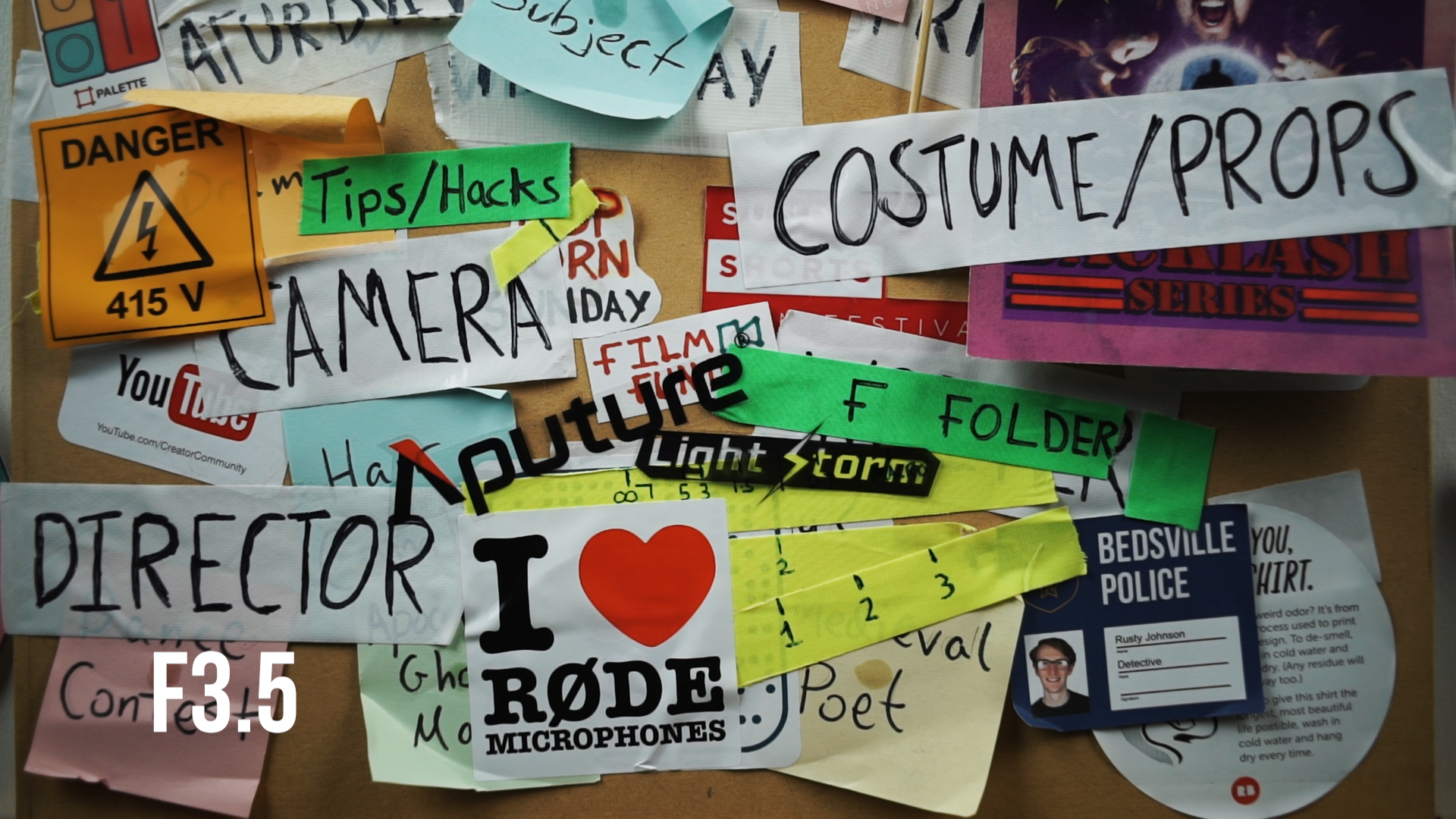

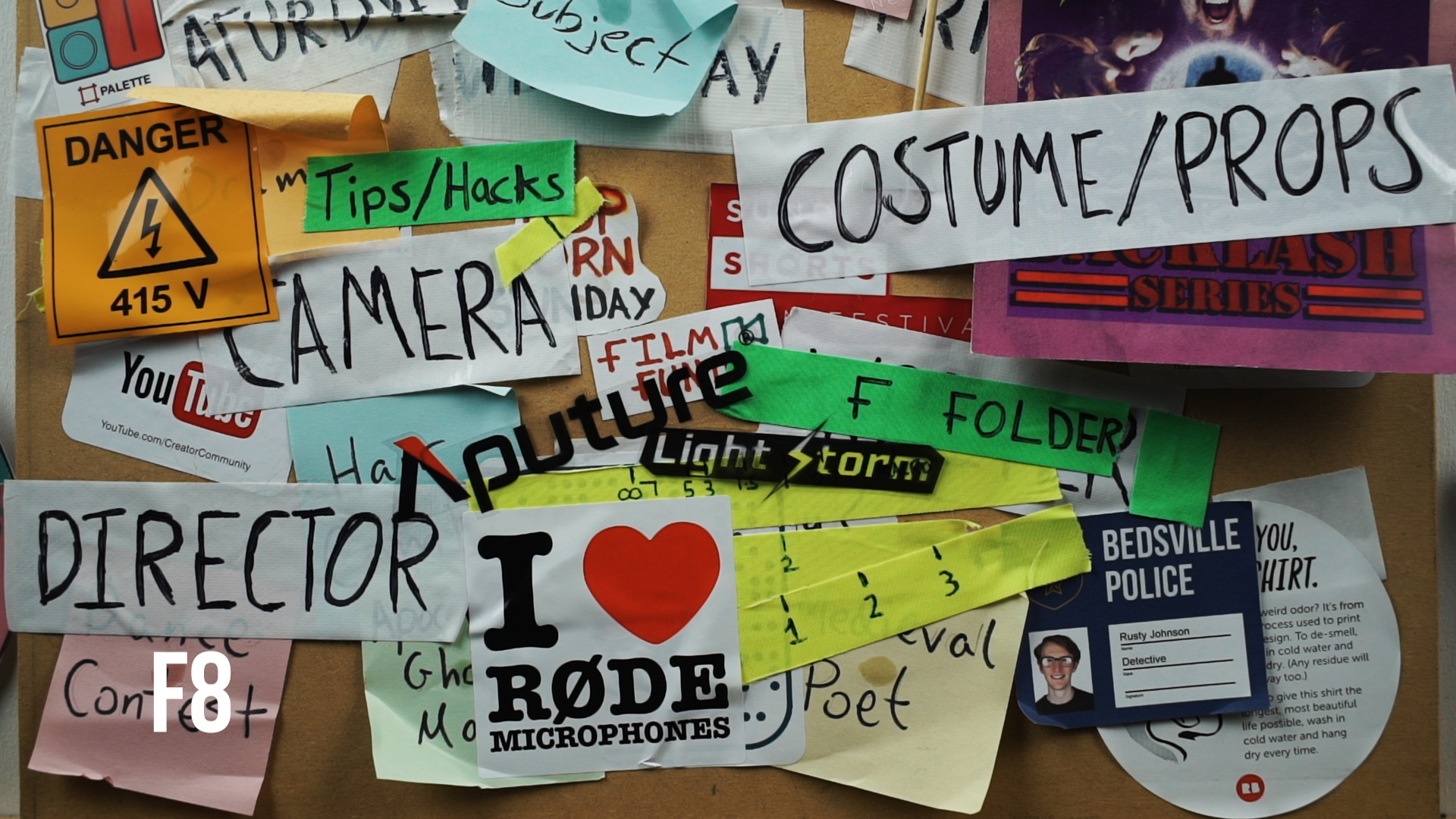
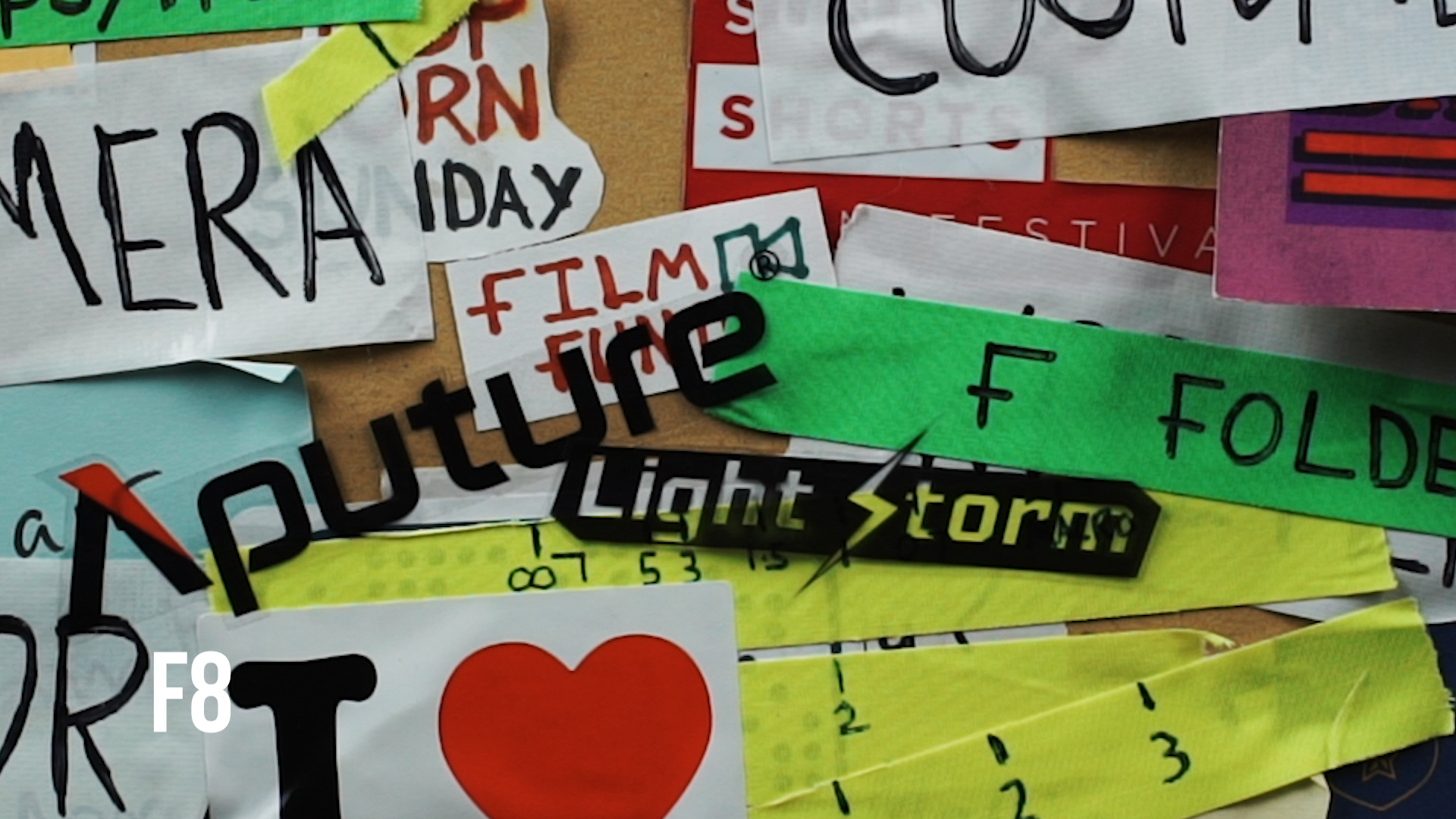
This lens does have a vignette, it looks very natural, but if want to shoot a clean image you might not like the vignette. For us, this is one of the characters of the lens that we really like and embrace.
It does not suffer from flaring and is very controlled which I think is down to that F3.5 aputure, not like the Helios 58mm or the Jupiter 85mm lens we have. All those do is a flare, but it looks super cool.
The focus is super smooth and has about a half a turn through from infinity to it’s micro focus which just less than half a meter.
When we are shooting a short film we use a wireless follow focus and attach a gear ring to the lens.
This lens is very small and we have to add gaff tape to expand the diameter of the focus ring so we can attach the gear ring. We have to do this with all of our vintage lens.

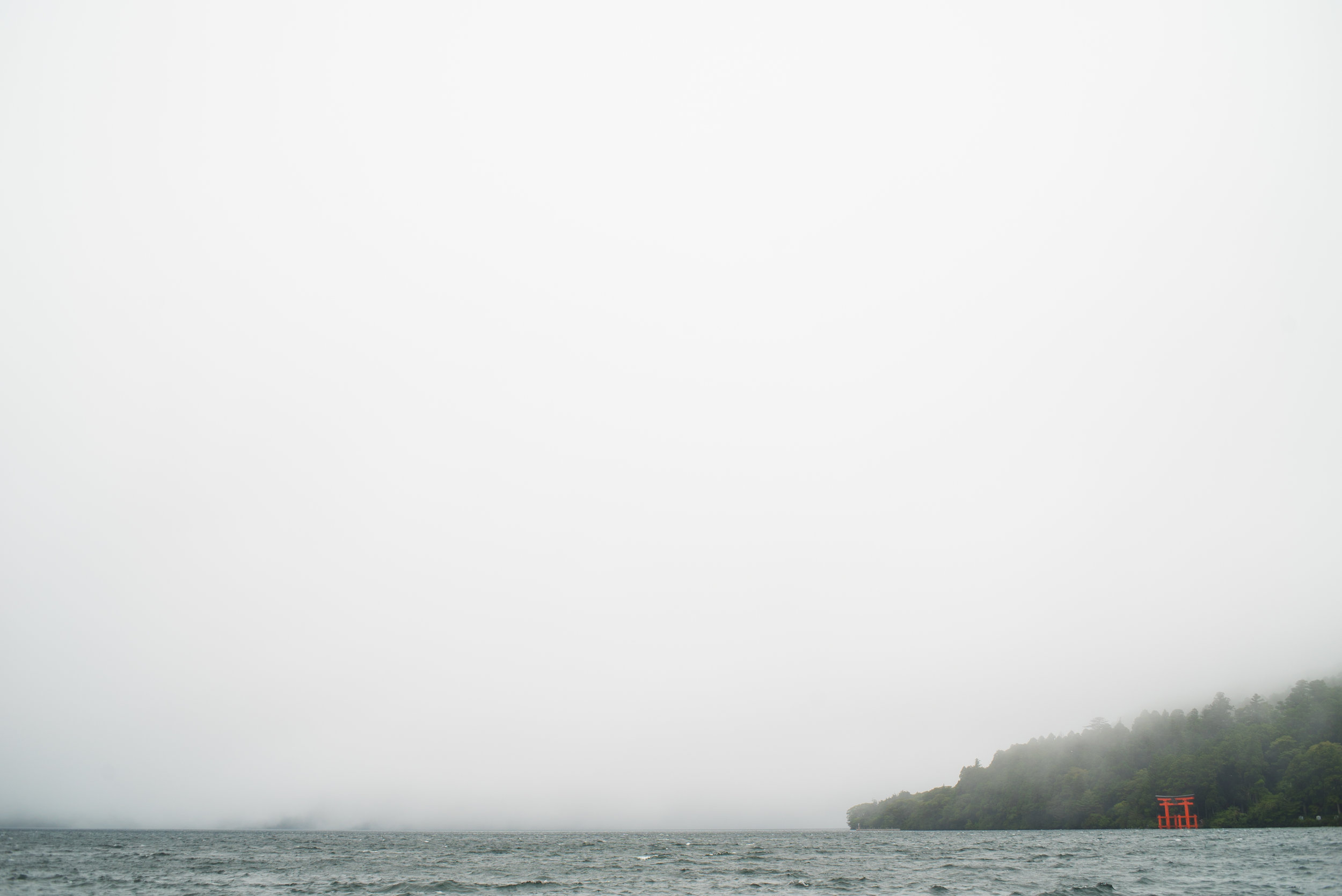
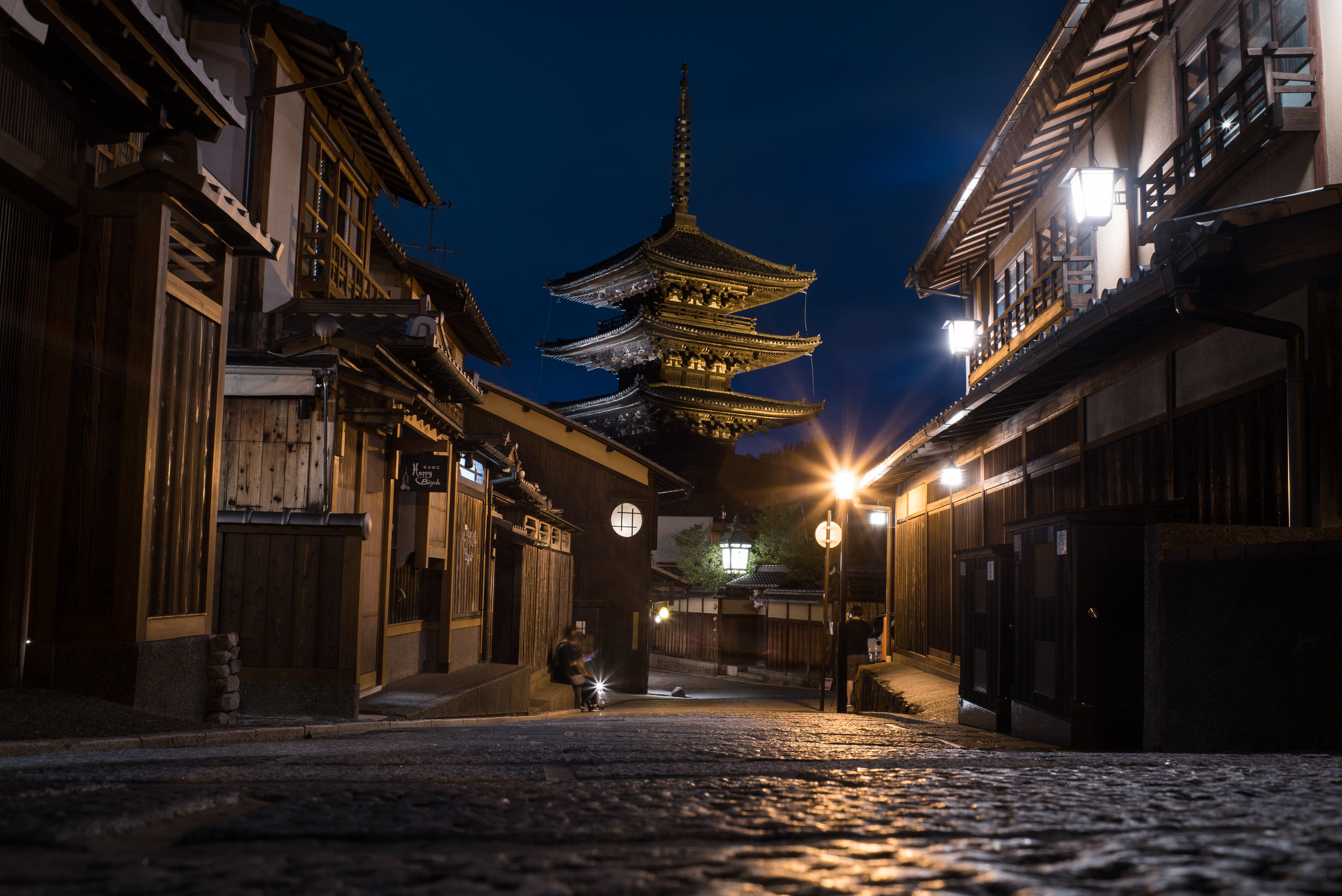
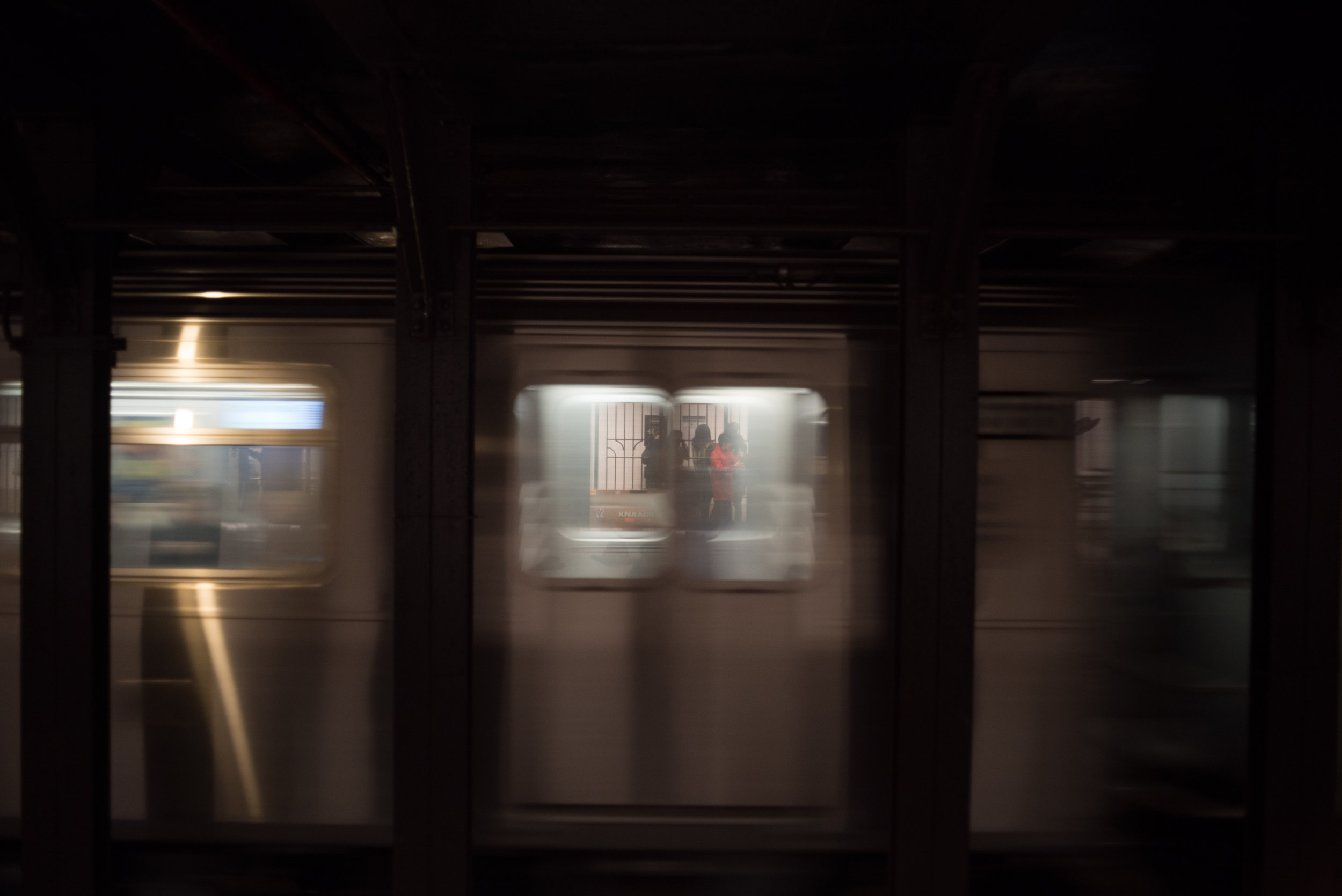

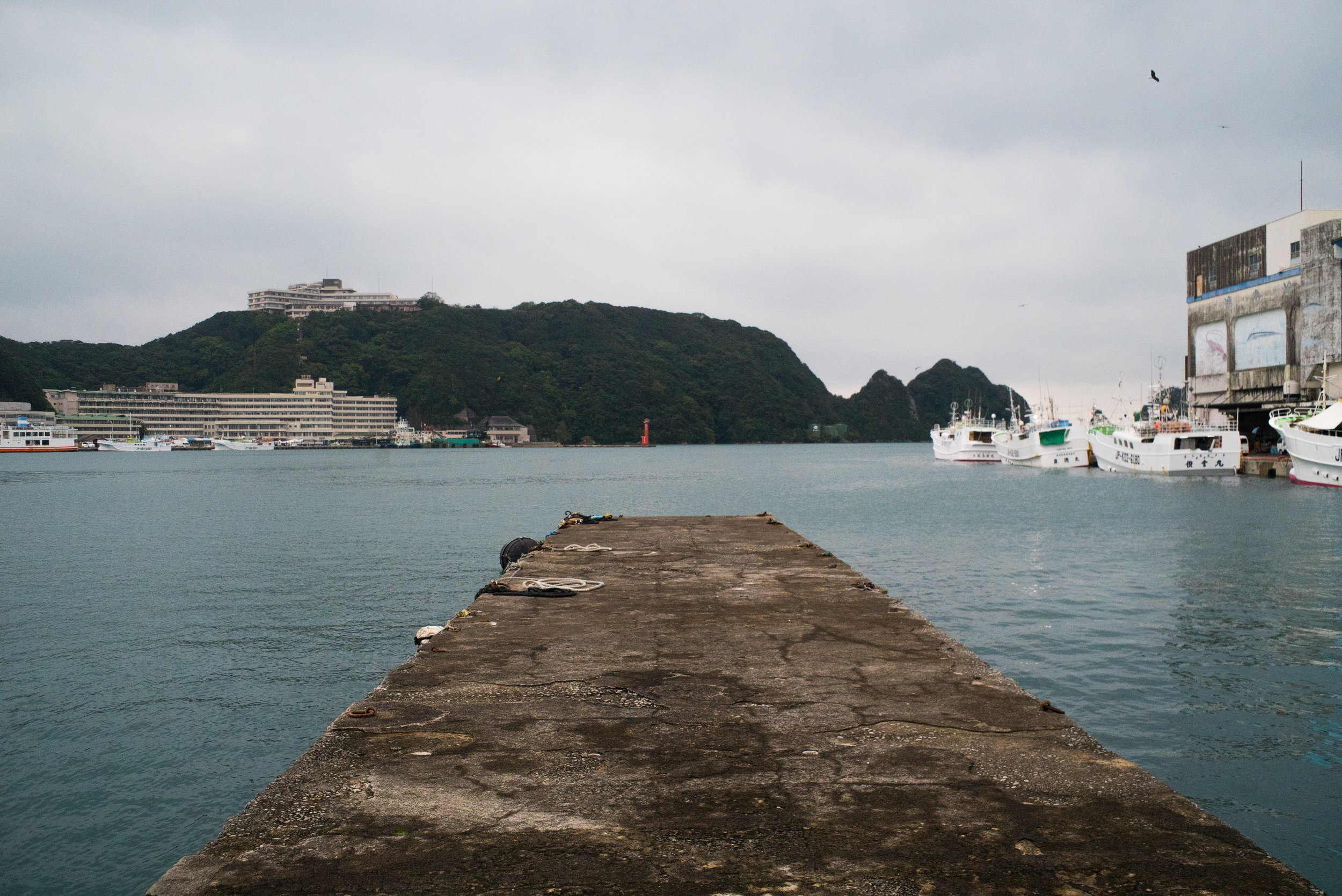

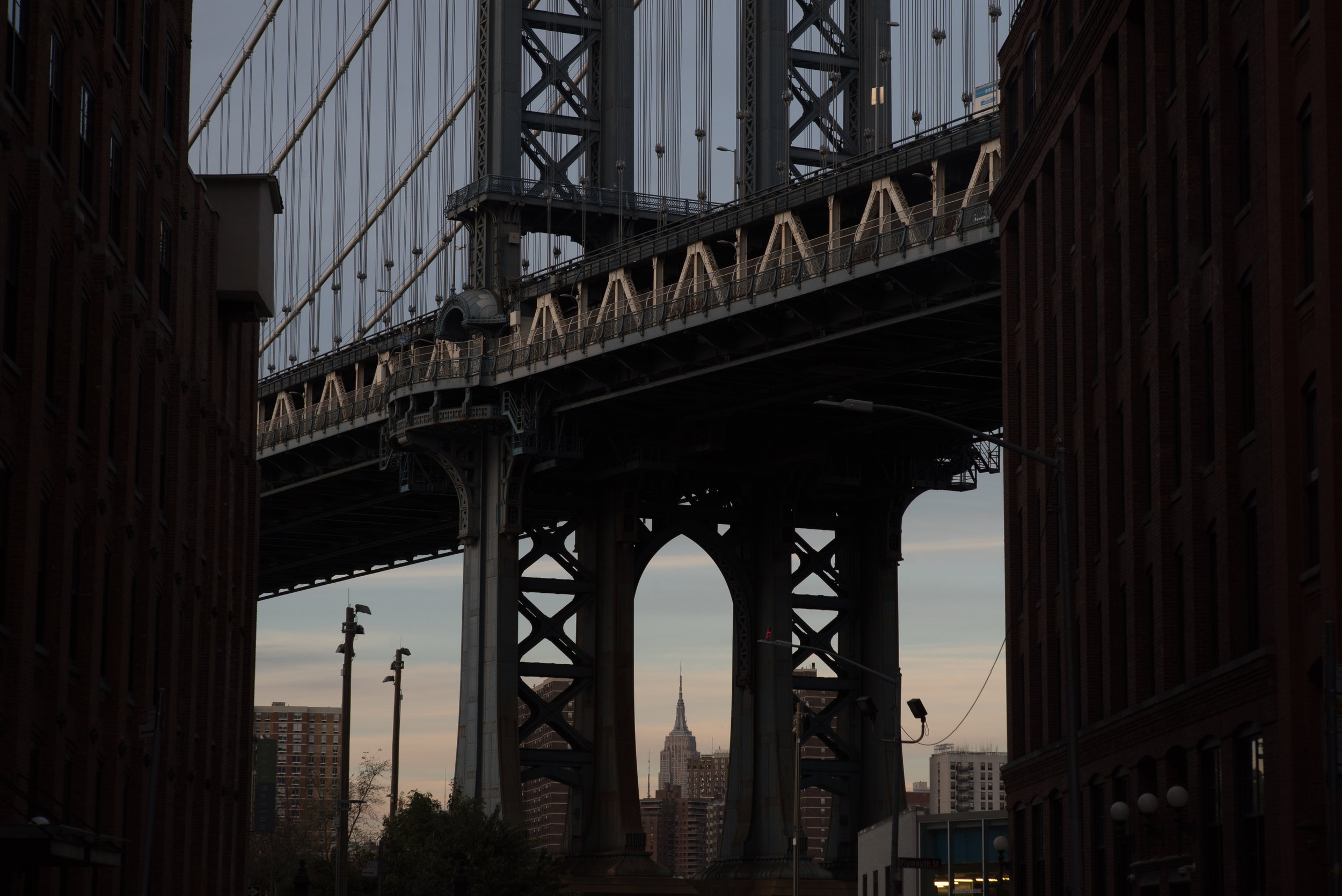
The rest construction of this lens is rock solid and is made all out of metal. Like I said at the beginning of this video, this lens is nearly 50 years old and I reckon it will last another 50 years.
I might still be using it when I’m 80 years old.
If I’m going out shooting, taking photographs, or travelling, this is the first lens I pick up. One because of the focal length and the other is the size.
If you have a Canon 50mm 1.8 it is small than that, but a lot heavier because of the metal construction.
You can pick one of these lenses up from around $30 to $70 which is great if you are on a budget. Because these lenses are so old you need to look at the condition before buying one.
In this video we review the Takumar 35mm f3.5 Lens which is nearly 50 years old. Vintage lenses are a cheap, budget friendly way to get camera lens which have a high quality for both video and photography. We use the Takumar 35mm f3.5 Lens and other vintage lenses to shoot YouTube video and short films.
🚀 http://bit.ly/artlistfilmlook - Click this to receive 2 extra free months on when you purchase an Artlist subscription!
🎬 In case you missed it
Should You Buy a Vintage Lens? - https://youtu.be/OnRhaOmHaZA
Customise Your Lens Caps - https://youtu.be/zanamT1pZds
Canon 50mm F1.8 Review (6 Years On) - https://youtu.be/a2N4_zuAnhk
Upgrade Your Camera Battery + More | Power Junkie Review - https://youtu.be/UZZ-UA4r3js
🎧 Listen to our Podcast!
iTunes: https://goo.gl/hikhGF
Android: https://goo.gl/fmsp4s
📞 The Socials
Website: http://thefilmlook.com
Twitter: https://twitter.com/TheFilmLook
Facebook: https://www.facebook.com/TheFilmLook
Instagram: https://www.instagram.com/thefilmlook
DISCLAIMERS:
Some of these links are affiliate links, if you purchase gear via these links The Film Look will receive a small commission, but there will be no additional cost to you. Thank you!


